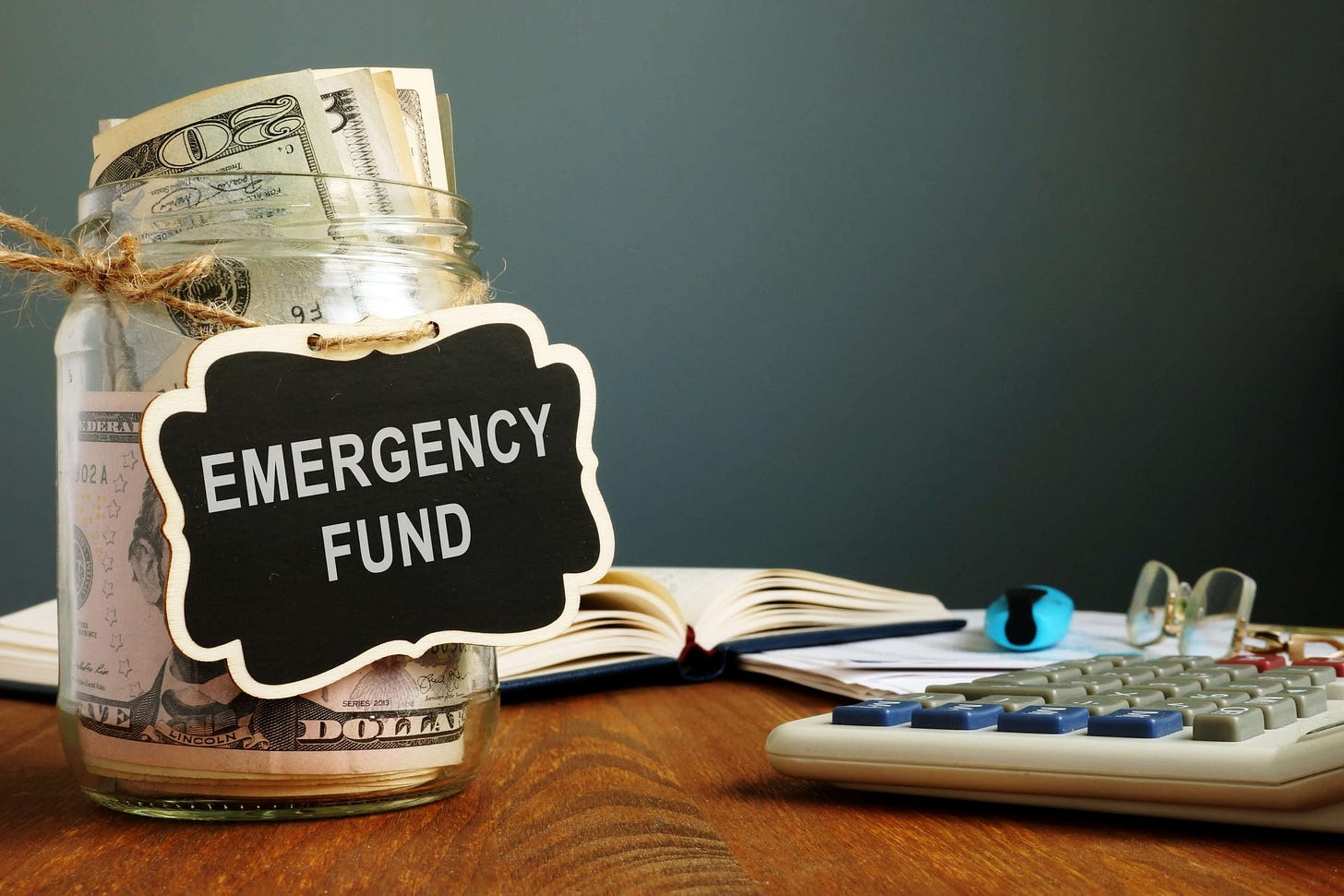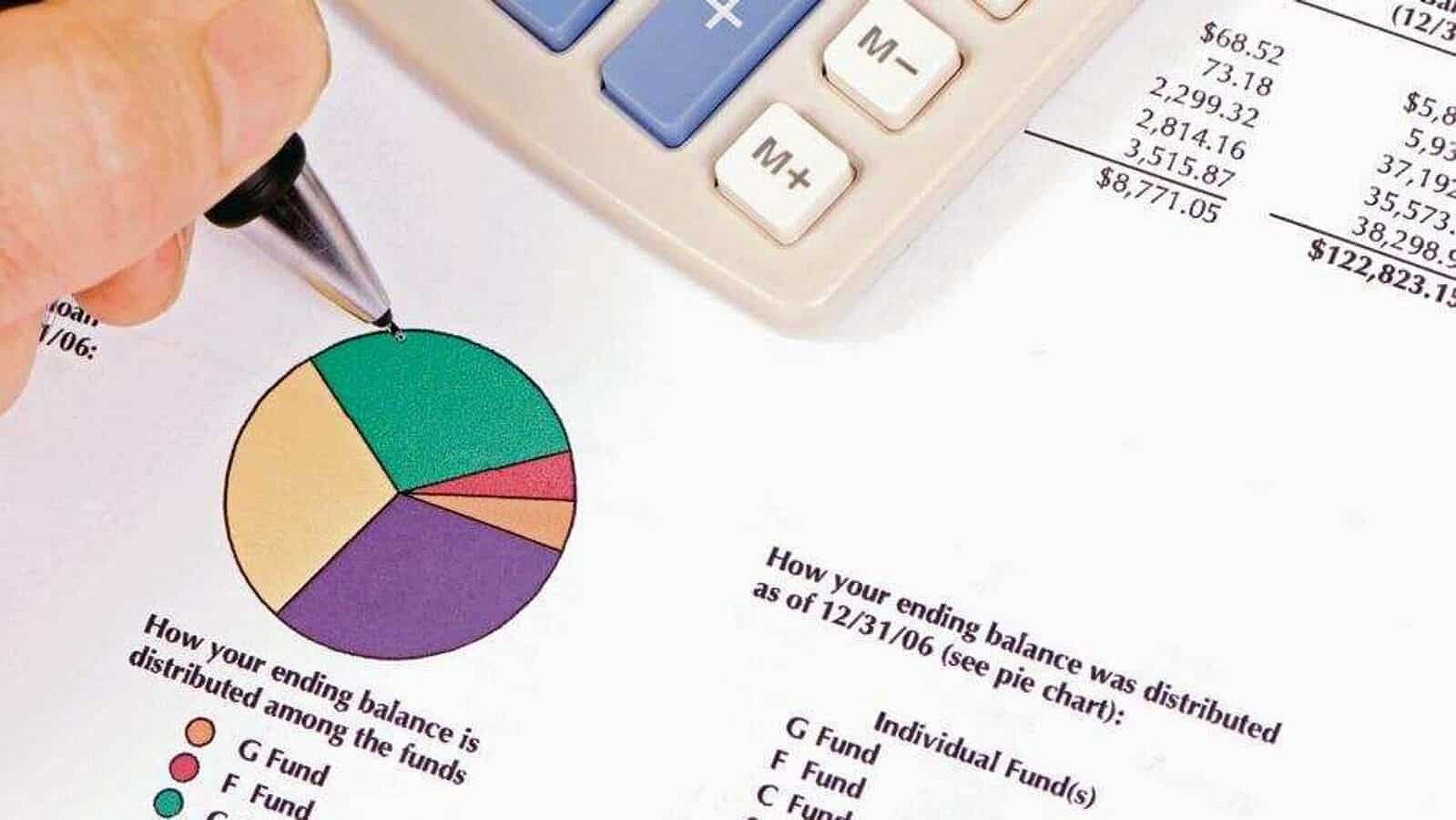Before you invest
Get your basics right, then invest with a peace of mind
On this substack, we can talk all we want about portfolio construction, and holding terms, and investment returns, but prior to all that, come the basics of personal finance. Investing, at its very core, is the act of giving up buying power today in exchange for an equal, but hopefully well enhanced, buying power tomorrow.
What about the money I want to spend in the short term?
Being a Coffee Can Investor means that you are committing your investments for long periods of time. You are also putting in your money into companies that are hopefully going to compound outcomes over the time you stay invested - hence needlessly interrupting the process, especially in the short run, is not a good idea. Hence it is best to invest only when you are sure you don’t need access to that money throughout the duration of your investment.
So, in practice, only invest money that you don’t need in the next 3-5 years, but preferably something you deem not necessary to use even in the next 10 years. No one knows the future, but you know where your financial plans lay, at least approximately, so make the most of it.
This means set aside the money you know you are going to need for your next car, or that house purchase, or an awesome wedding, or that sought after degree, or that vacation you have your mind set on. If you wish to extract some returns from the money set aside for these purposes, find some bonds, gilts or treasuries to put your money into. The returns won’t be spectacular, but will at least give you peace of mind around those plans.
What about emergency mitigations?
Set aside some cash for emergency situations. Depending on who you ask, this amount can vastly vary - anywhere from 1 month’s salary to 6 months of expenses. I am perfectly fine with either extremes of this, so long as it is planned for, and set aside. When bad days come, one never knows how much will be needed, but planning at least some of it ahead of time will give you the buffer needed to mitigate things. I normally leave this in some sort of interest paying account that gives me required flexibility. At the moment, IBKR pays me an interest rate of just under 2%.
Then comes one of basic pillars of financial planning - Life Insurance & Health Insurance. Make sure you have an adequate cover across both these insurance lines. Life is unpredictable and as much as I wish that no harm comes upon the readers of this substack (as well as others), we all must recognise that risk exists all the time - either to your life or your health. These risks have an outsized ability to drive you to financial poverty. At the same time your family is dealing with your loss or ill health, the last thing they want to be doing, or want them to be doing, is worrying about the financial state of affairs. So, ensure you are well covered. In my case, I have insurance across Life, Healthcare and a separate insurance for Critical Illness. It costs me a fair bit of money, but that’s a price I am happy to pay.
Once you have taken care of all of the above, then you can enter headlong into investing, especially my preferred variety of coffee can investing, without too much fear of impacting your long term investments.
How much should one invest into a Coffee Can Portfolio?
All investing that is carefully designed to last long periods of time can and should be considered Coffee Can Investing. This includes real estate and gold, if you plan to hold them for long periods of time.
Beyond that, the amount of money you wish to put into stocks and securities depends on your personal investment preferences. If you are the kind of person who likes to trade/invest in securities in the short to medium term, or wish to support some company even though the investments doesn’t fall into the traditional basket of sound long term investments, or just choose to take a punt or two from time to time, then keep aside that money first, however much you desire. Only put into Coffee Can Investing what you are willing to commit to invest over long periods of time. Obviously, the more you commit to coffee can portfolio, the better would be the outcome, if indeed coffee can portfolio works out to be the superior method of investment, I believe it is.
In my case, I started off on this journey when I started a new pension account 3 years back and wanted to invest only in the long term, as I am many years away from the age when I can withdraw that money. While I knew the power of coffee can investing from before that, I focussed on devising my new pension portfolio explicitly on the basis of the coffee can portfolio. As I have educated myself and become more comfortable in the investing methodology, I have become more comfortable in committing larger sums of my money into this portfolio. As it stands all of my coffee can portfolio add up to as much as 2/3rds of my portfolio.
Is there a minimum investment?
In theory, there is no minimum. Many brokerages offer extremely low or free brokerage trading facilities, and modern stock markets allow you to trade extremely small amounts of money by allowing for fractional trading. So in theory, it is possible to get started with as low as $50 or £50. However, in practice, the act of thinking about your portfolio, setting one up and nurturing it would only be justified when the amount invested is somewhat substantial. I recommend starting a coffee can portfolio by investing nothing less than $5000/£5000/€5000 or something similar in your local currency. Coffee Can Investing works particularly well with small amounts of incremental investing. So it is not important to have a large starting amount, so long as you have something to set aside every now and then.
Now that we have gotten past the basics, I will move on to Portfolio Selection in next week’s post. If you have liked the posts so far, tell some friends about it. If you don’t like them or would like to see something else, tell me about it.



